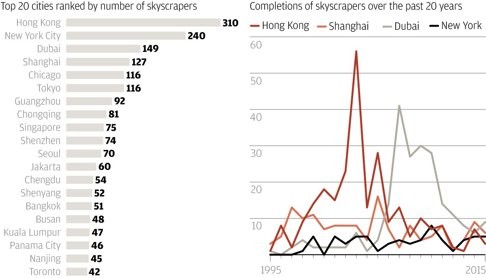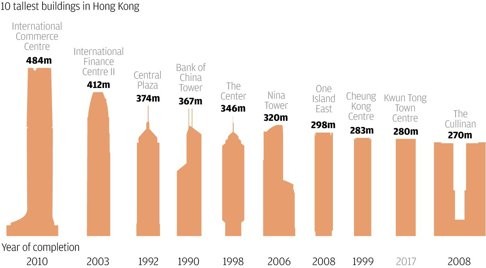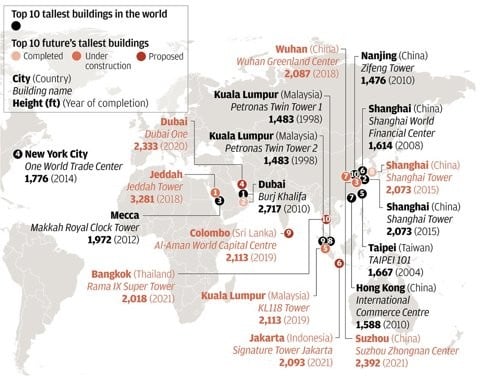
Living the high life: Hong Kong tops world charts for skyscrapers - and most of them are residential
A spike in residential development projects completed since the late 1990s has brought the number of high-rises in the city to 310
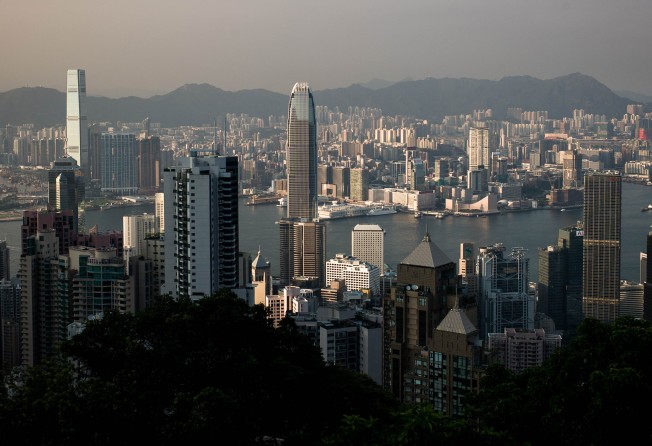
When you think of the world’s most striking cityscapes, you might initially imagine the towering skyscrapers of New York, Dubai or even Shanghai.
But these days it’s Hong Kong which has the most skyscrapers of any city in the world - with nearly three quarters of them used for housing.

Hong Kong has seen a boom in skyscraper construction at the start of the new millennium.
The year 2003 has seen a peak 56 skyscrapers completed in the city, highlighted by 88-storey Two International Finance Centre in Central District that was once the tallest in the city before being surpassed by International Commerce Centre in Kowloon, now the world’s ninth tallest by height, in 2010.
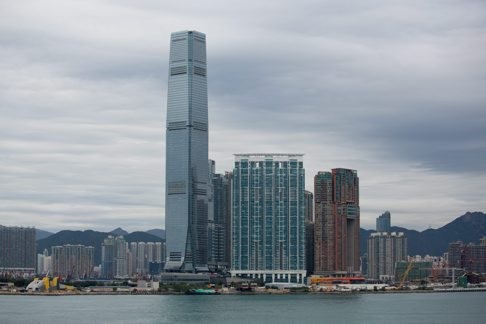
Four out of the 10 cities in the world with the most skyscrapers are located in mainland China.
Shanghai claimed the fourth spot; Guangzhou the seventh, followed by southwestern municipality Chongqing on the upper reaches of the Yangtze River and Hong Kong’s neighbour Shenzhen.
A total of 19 cities in China made the top 50, compared with just nine in the United States and three in South Korea.
Over the last decade, China has been heading the race for tall building construction and the momentum shows no signs of slowing, according to Chicago-based Council on Tall Buildings and Urban Habitat.
China’s mega capital Beijing, however, clinched the 36th place on this list, lagging behind second-tier Chinese cities of Dalian, Tianjin and Wuhan, and below other Asian capital cities such as Seoul, Bangkok and Kuala Lumpur.
Outperforming all others in the city rankings of ‘supertall’ and ‘megatall’ skyscrapers (a building over 300 metres in height according to CTBUH) is Dubai.
The city is home to 18 of these incredible buildings, including the world’s tallest artificial structure Burj Khalifa.
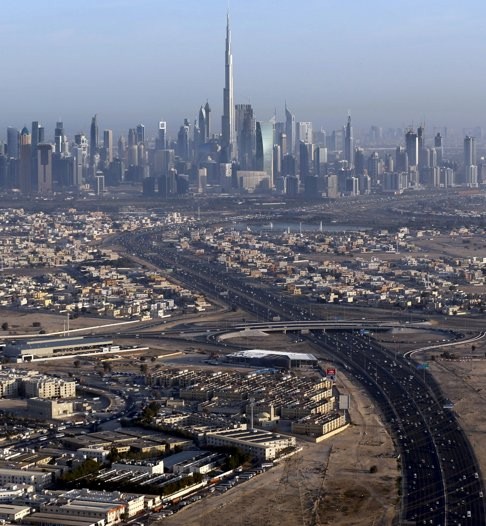
It took developer Emmar Properties six years to build up the 163-storey skyscraper, which features a hotel, offices complex, and luxury apartments.
Among the 20 tallest buildings in the world, three were in Dubai and three in Shanghai.
The rest were spread across cities such as New York, Hong Kong and Kuala Lumpur. More than a half of them were less than five years old, suggesting the trend for ‘supertall’ is a new one.
The youngest building to make the top 20 tallest was the Shanghai Tower.
The stunning structure opened in 2015 in the heart of Shanghai’s Lujiazui Central Business District, which has became symbolic of China’s economic success.
Meanwhile Chicago’s 31-year-old Willis Tower was listed as the oldest.
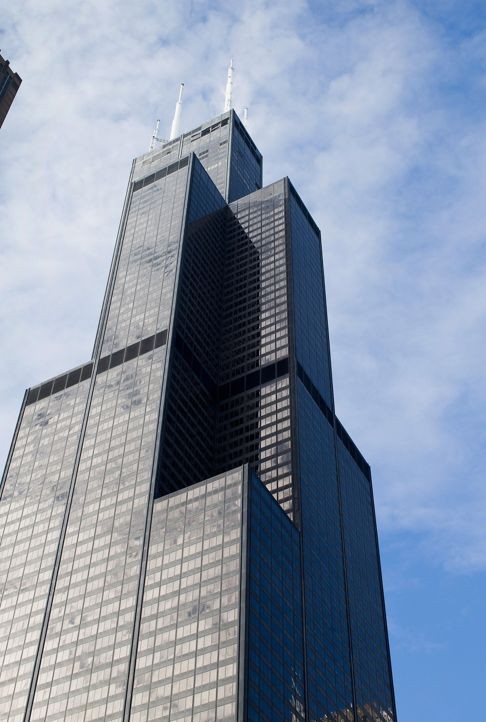
The tower once held the crown of the tallest building in the world for a quarter century from 1974.
Formerly known as the Sears Tower, it lost its title to Kuala Lumpur’s Petronas Twin Towers in 1998.
Data from CTBUH also showed Sun Hung Kai, one of Hong Kong’s biggest real estate giants, has a tradition of building up skyscrapers, with half of the 10 tallest buildings in the city, including ICC, IFC and Central Plaza, all developed or co-developed by the firm led by billionaire Raymond Kwok.
It was also the developer of Hong Kong’s tallest all-residential properties The Cullinan in Kowloon.
